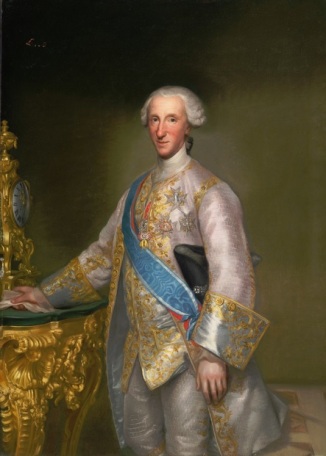
Filippo Lippi: Portrait of a woman with a Man at a Casement, c. 1440. Metropolitan Museum of Art, New York
A re-evaluation of Fra Filippo Lippi’s double-portrait in the Metropolitan Museum, New York
In an important new article in the Metropolitan Museum Journal, Katalin Prajda (Central European University, Budapest) makes a convincing case for re-identifying the sitters in Filippo Lippi’s well-known double-portrait, the so-called Portrait of a Woman with a Man at a Casement. They have traditionally been identified as Agnola di Bernardo Sapiti and her husband, Lorenzo di Rinieri Scolari, based on the coat of arms under the male sitter’s hands, which is that of the Scolari family. Prajda questions this identification, particularly as there was a considerable age difference between the couple, somewhere between twelve and twenty-four years (Agnola was born c. 1422; Lorenzo’s exact birth-date is not known but he was born between 1398 and 1410). Moreover, the pictorial elements of the portrait are all subordinate to the female sitter; she is the focus of the painting and the dominant figure within it. Prajda therefore suggests that it is she who is the member of the Scolari family rather than her companion. Continue reading →
 Pictures in Motion: Portraiture around the World during the Long Eighteenth Century
Pictures in Motion: Portraiture around the World during the Long Eighteenth Century




